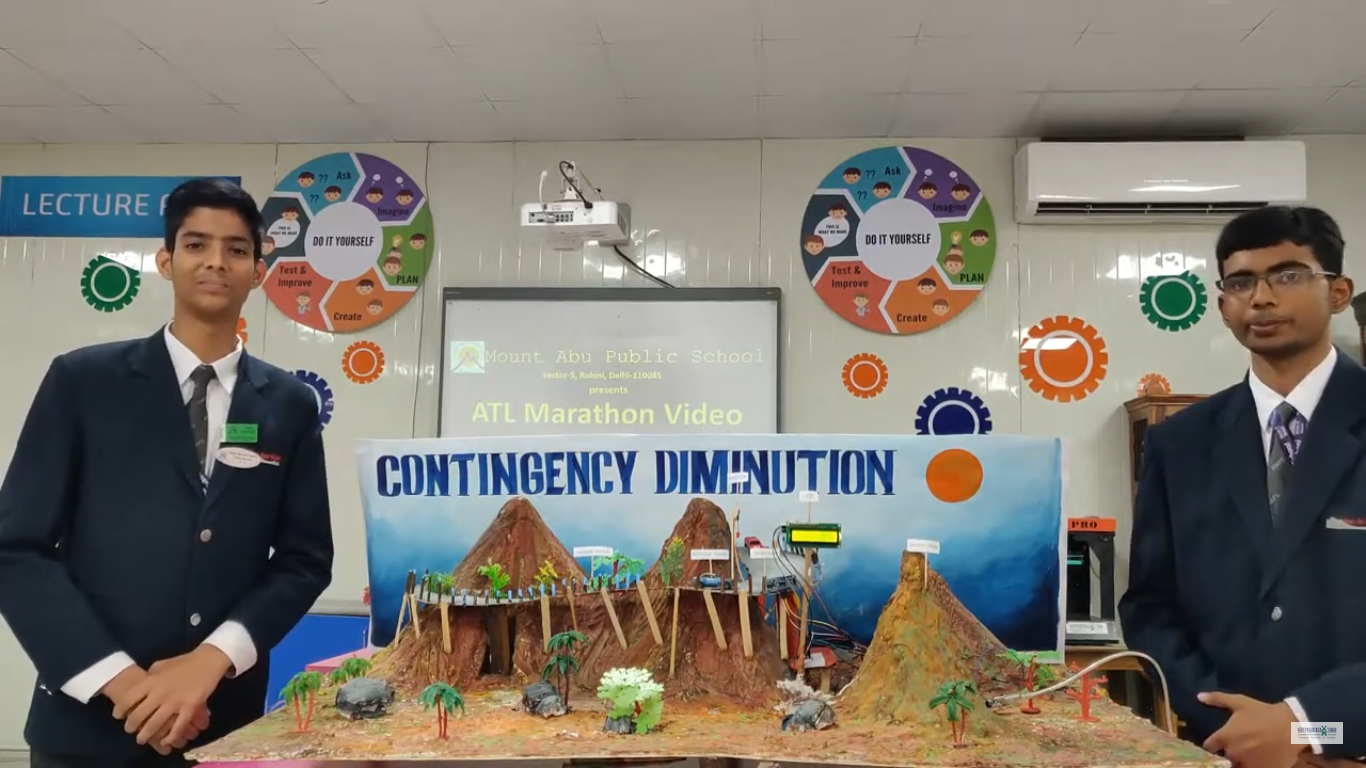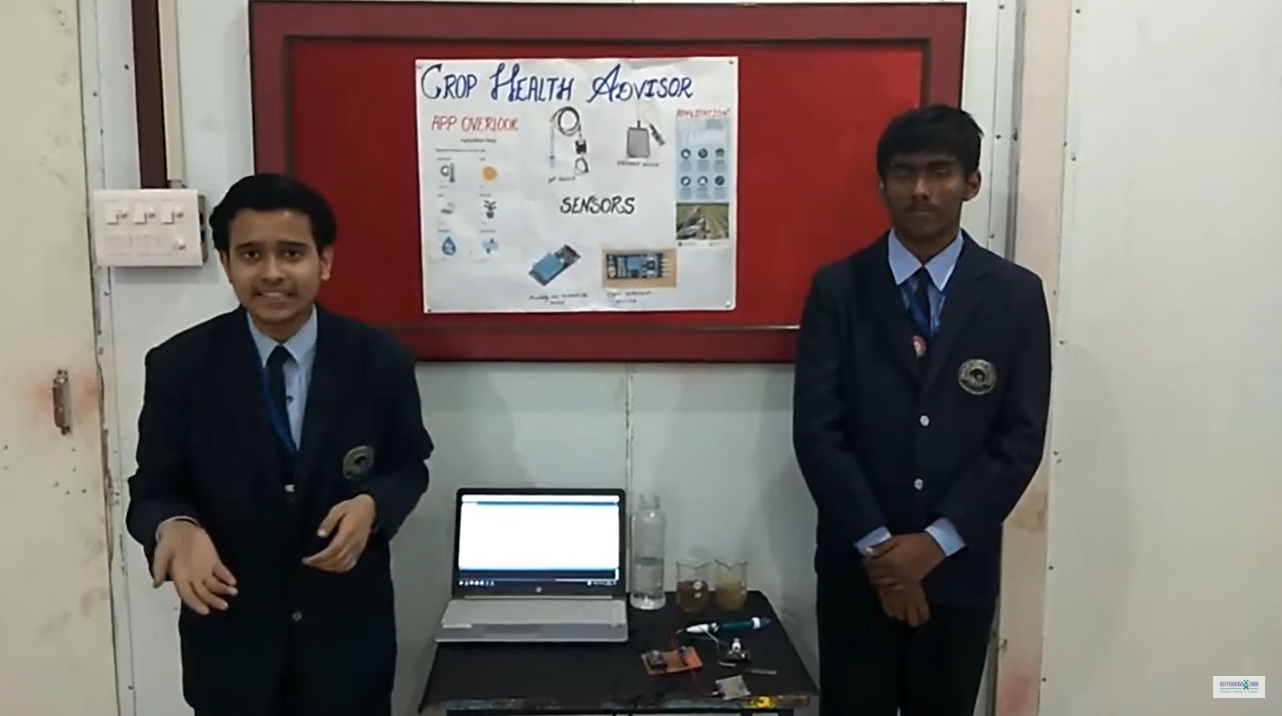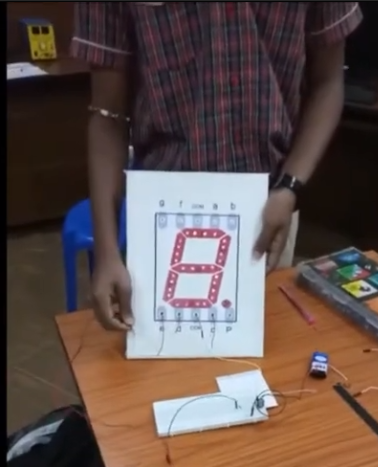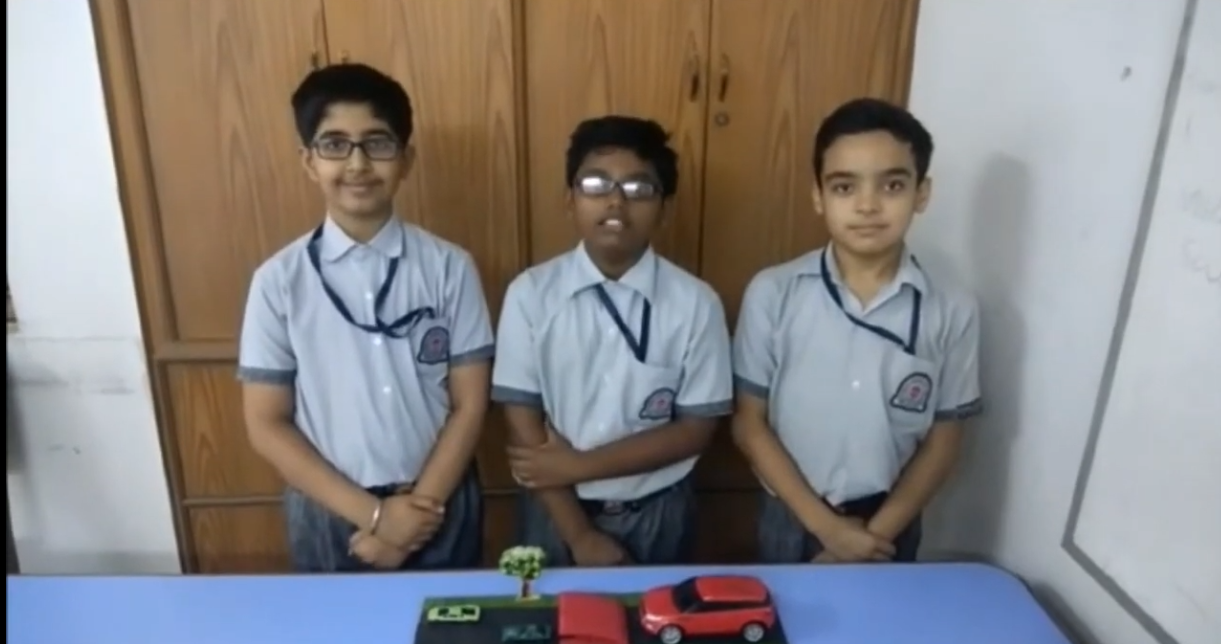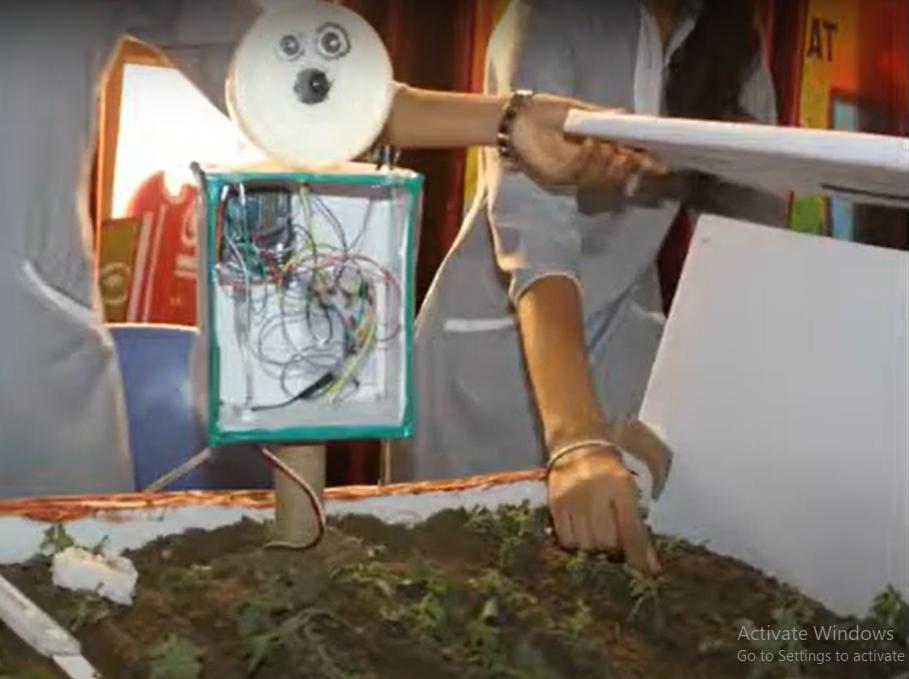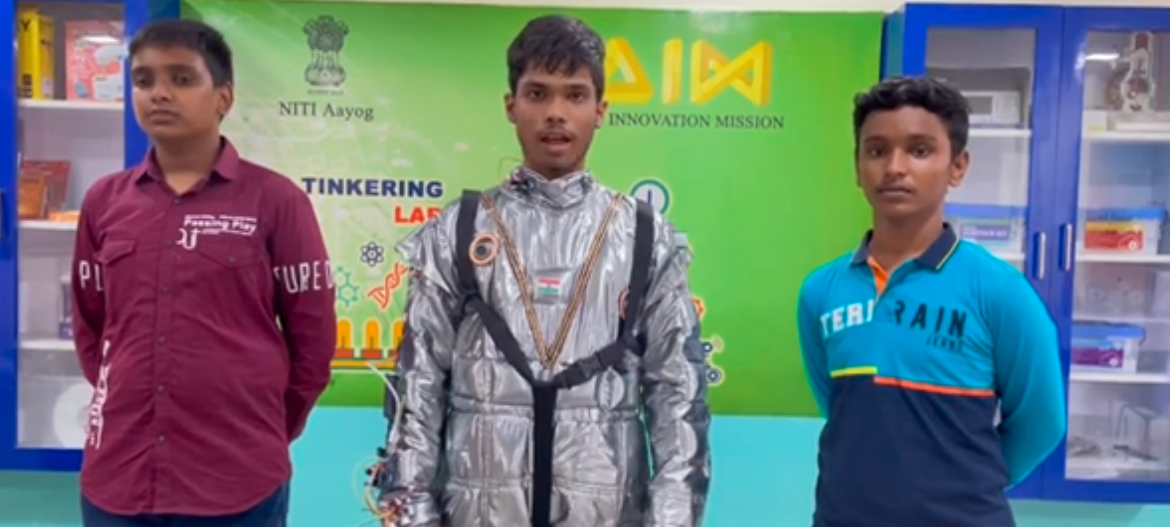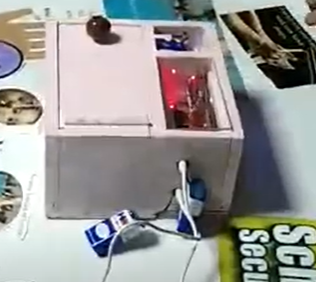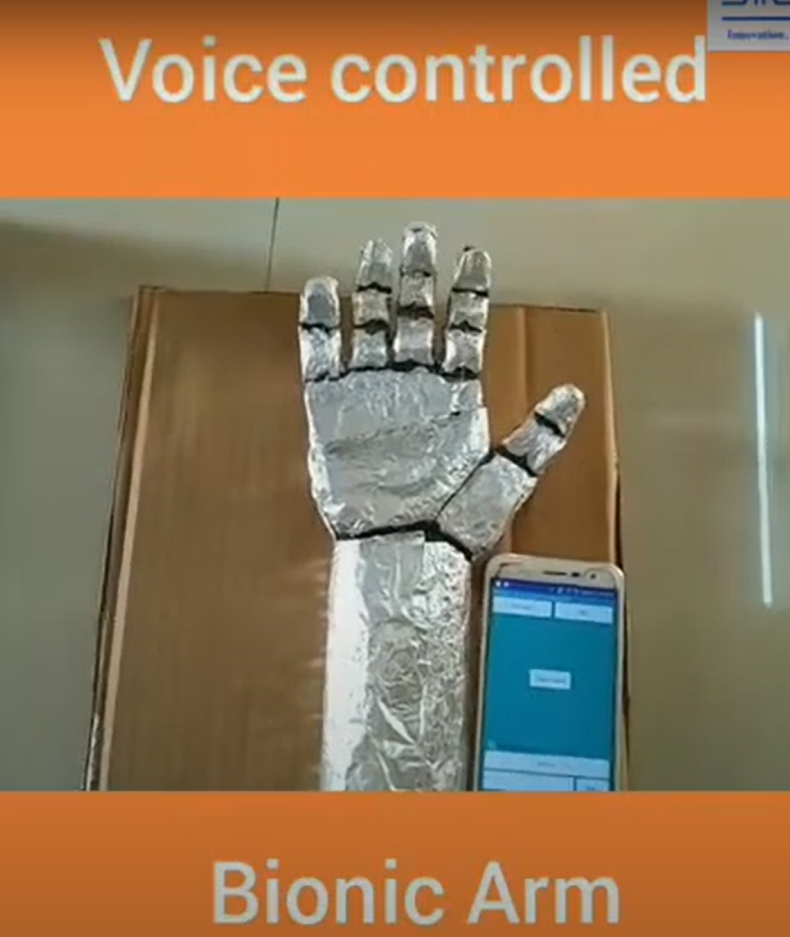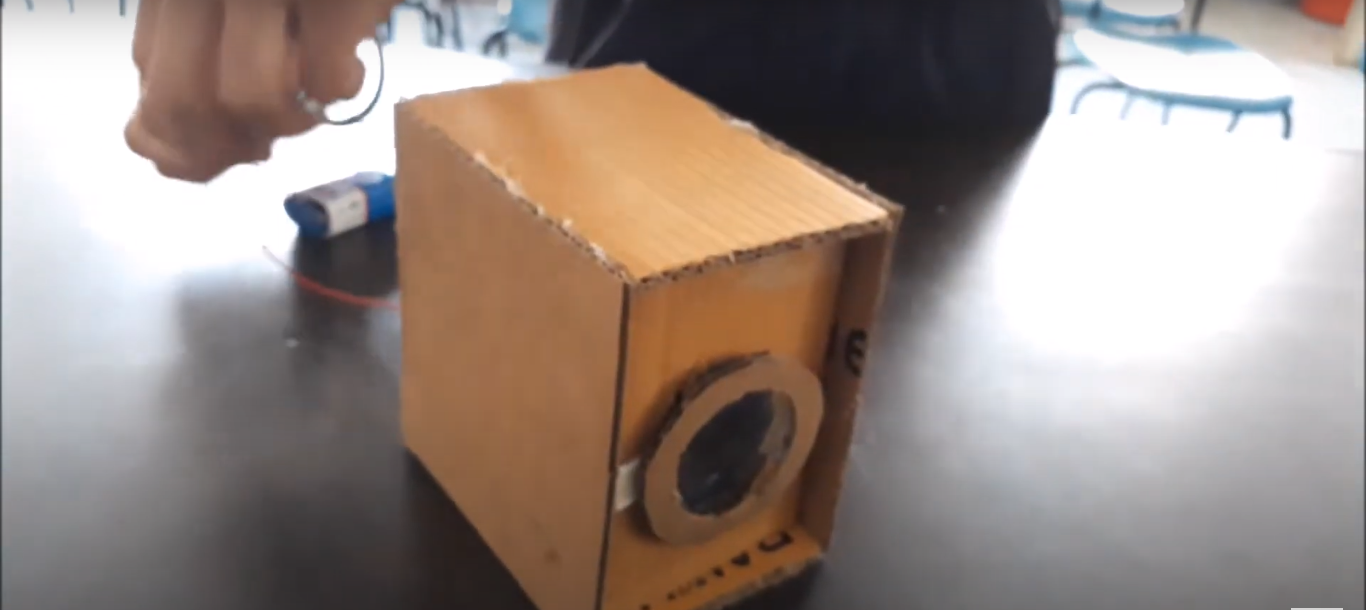Imagine a virtual assistant that can hold conversations, answer your questions, and even recognize you! This project explores creating a basic AI chatbot using Python, and the OpenCV library for computer vision.
Key Ingredients:
- Python: A versatile programming language with powerful libraries for AI and computer vision.
- Natural Language Processing (NLP): Techniques to enable the chatbot to understand and process human language. This might involve libraries like NLTK or spaCy.
- OpenCV: A library for real-time computer vision tasks.
Building the Brain:
- Data Gathering: Collect training data consisting of questions and corresponding responses. This data helps the NLP model learn how to map user queries to appropriate answers.
- Intent Recognition: Train an NLP model to identify the user’s intent (what they want to achieve) from their questions. This might involve techniques like sentiment analysis or keyword extraction.
from chatterbot import ChatBot
from chatterbot.trainers import ListTrainer
# Create a chatbot instance
chatbot = ChatBot("MyChatbot")
# Define conversation trainer
conversation_trainer = ListTrainer(chatbot)
# Training data (replace with your own questions and answers)
conversation_trainer.train([
"Hello",
"Hi there!",
"How are you doing?",
"I'm doing well, thanks for asking! How about you?",
"What is your name?",
"My name is MyChatbot. What's yours?",
"What can you do?",
"I can answer basic questions and hold simple conversations. How can I help you today?"
])
# Start the conversation
while True:
# Get user input
user_input = input("You: ")
# Exit if user types 'quit'
if user_input.lower() == "quit":
break
# Get chatbot response
bot_response = chatbot.get_response(user_input)
# Print chatbot response
print("MyChatbot:", bot_response)

